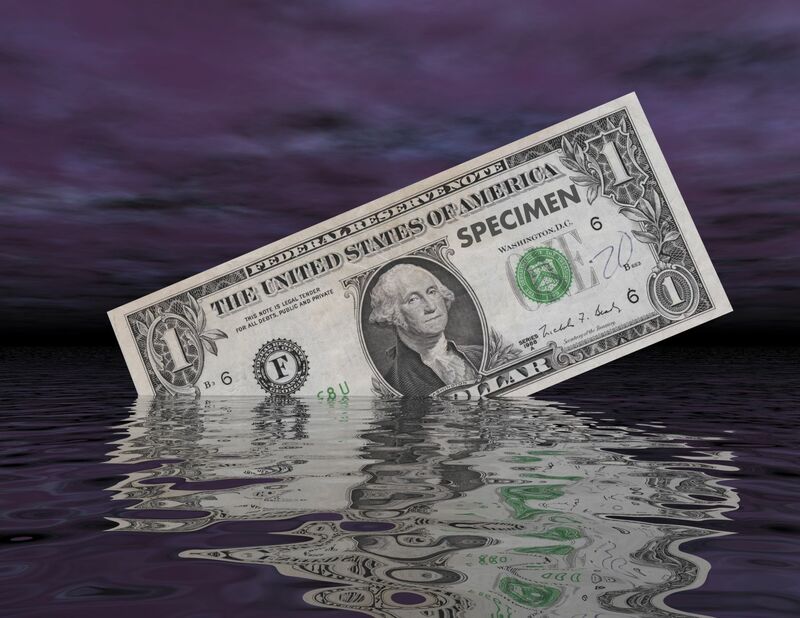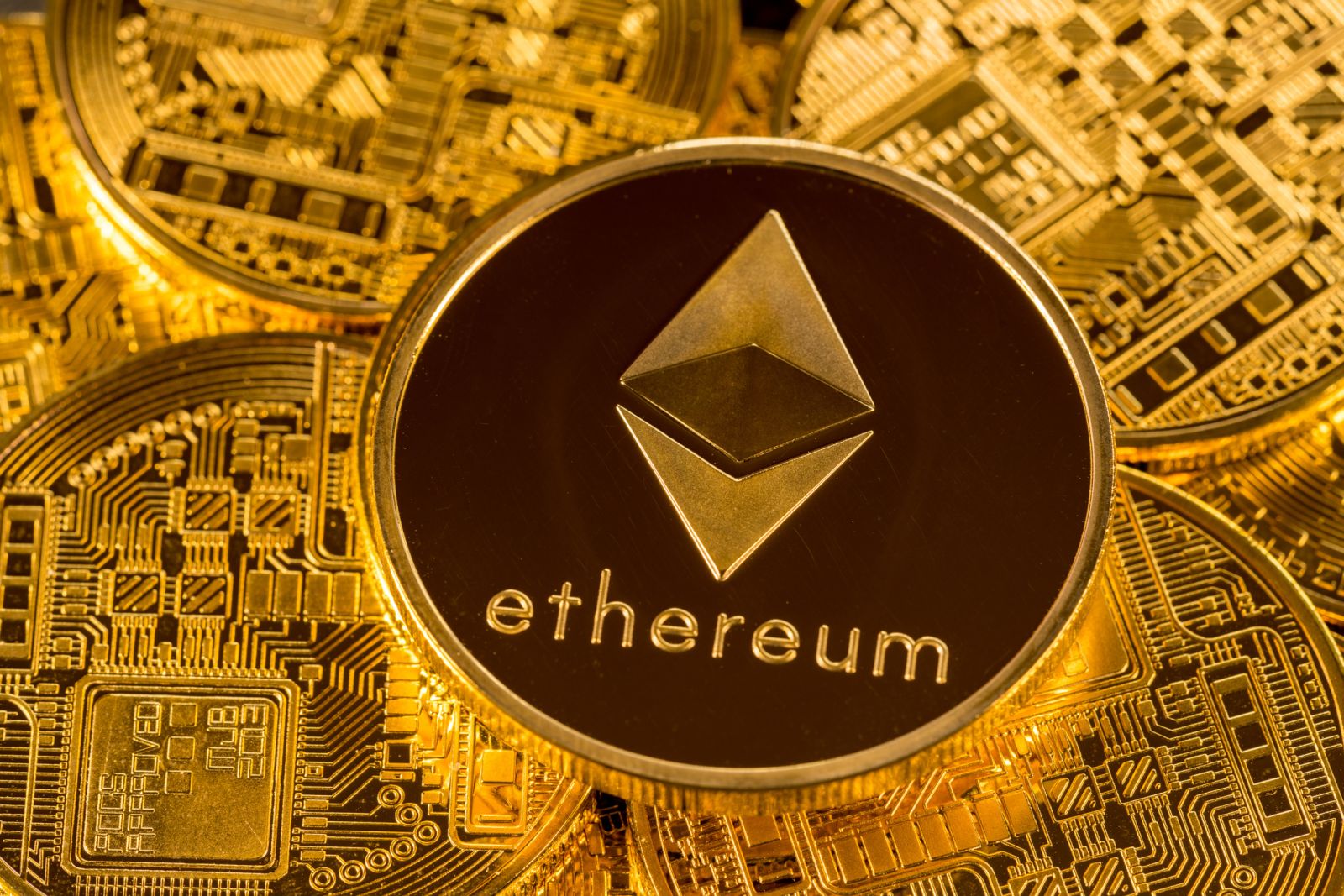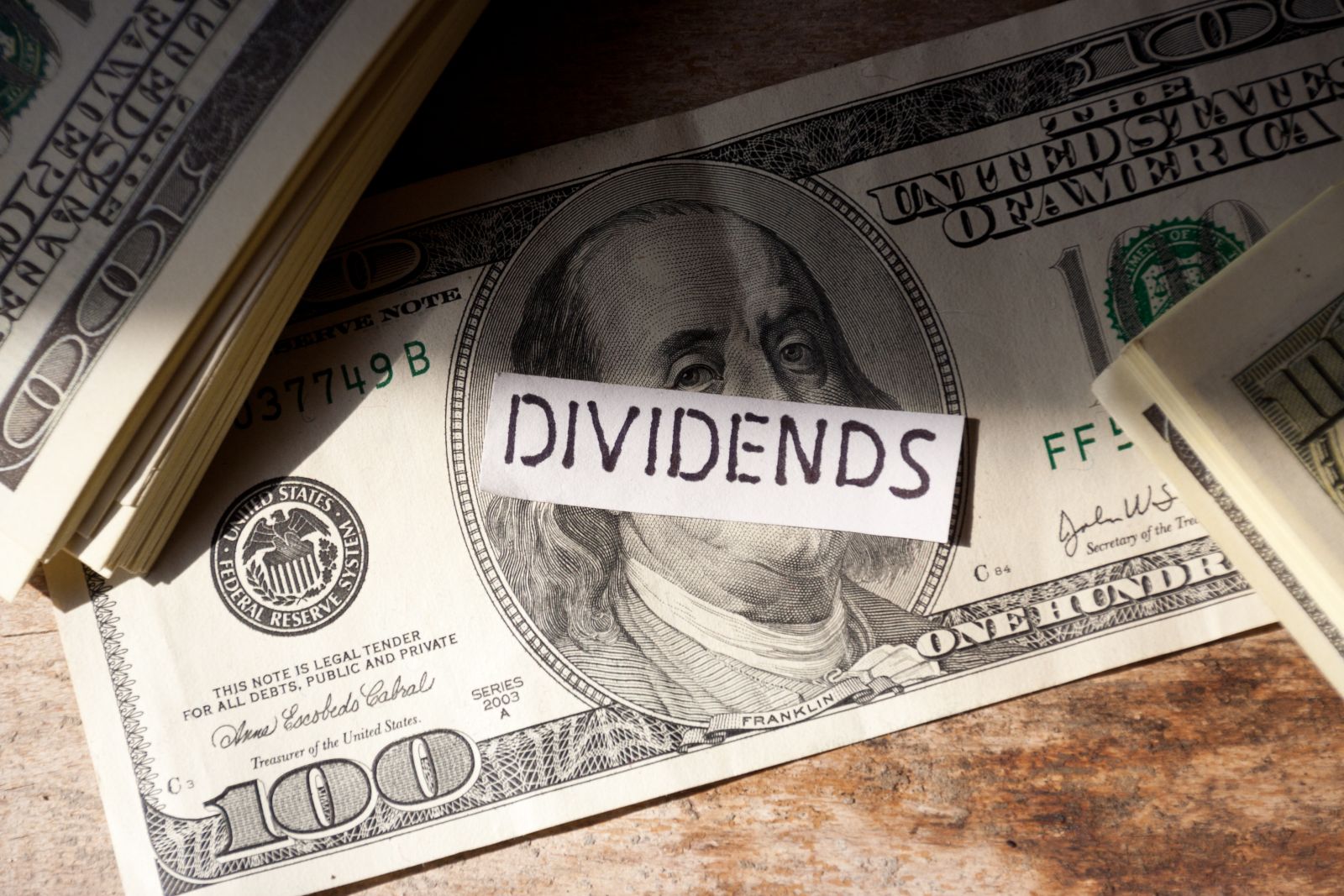
The dollar index futures contract on the Intercontinental Exchange measures the value of the US dollar versus other world reserve currencies, with an over 57% exposure to the euro.
The dollar is the top reserve currency because governments worldwide use the US foreign exchange instrument to settle transactions and for their reserves. The leading reserve currency achieves that status because of political and economic stability. On August 23, after the dollar index ended a bearish technical pattern that had been in place since March 2020, I wrote, “the trend the dollar index is higher now that it broke above the 93.47 level. However, the index is likely to follow the US central bank. A shift towards tightening monetary policy should push the index higher while stalling and continuing on a dovish path could cause a correction.” This index moved to a higher high above the 94 level this week.
Currency volatility tends to be low
Currency volatility tends to be low, which could be by design as governments seek to manage the value of one currency versus another. Historical volatility is the statistical measure of price variance.

As the chart highlights, historical volatility in the dollar index currently stands at the 3.9% level, far lower than other asset classes. In the NYMEX crude oil futures market, the metric was at over the 22% level. In gold was at 13%, and in the S&P 500 index, it was above 14.6% on September 29.
The historical volatility in the dollar index spiked higher to 19.30% in March 2020 when the global pandemic gripped markets across all asset classes causing wild price swings. In 2021, the metric has ranged from 3.0% to 7.0% in the US dollar index.
The foreign exchange market hides overall value deterioration
The global foreign exchange market tends to be a mirage as it measures one currency versus others. Therefore, when fiat currency values fall, the only objective measure is analyzing the currencies versus other asset prices.
Appreciation in stocks, commodities, and other assets since the lows during the height of risk-off selling during the global pandemic tells us that all fiat currency values have been falling. The dollar, euro, pound, and most other world foreign exchange instruments have lost value since March 2020. Moreover, the trend began before the pandemic.
Gold is a hybrid between a currency and a commodity. Central banks, governments, and monetary authorities validate gold’s role in the global financial system as they hold the precious metal as an integral part of their foreign exchange holdings. Gold rose to a new high in the dollar, euro, pound, yen, and virtually all other currency terms in 2019 and 2020. While the price corrected, it remains at an elevated level compared to where it stood at the turn of this century and a lot closer to the high than the low over the past two decades. Gold’s ascent is a sign of fiat currencies depreciation.
Higher rates are bullish for the dollar index- The Fed has plans, but there are no guarantees
One of the primary reasons the leading currencies move higher or lower when measured against each other is interest rates. Rising interest rates increase the yield on a currency, which tends to boost the value.
When the Fed cut short-term rates to zero percent in early 2020, it narrowed the rate differential between the dollar and the euro currencies.

The chart shows the decline from 103.96 at the March 2020 high to a low of 89.165 in January 2021. The dollar index’s value dropped 14.2% as the yield differential narrowed compared to the second-leading world currency, the euro.
Meanwhile, as economic conditions in the US have improved, it is only a matter of time before quantitative easing begins to decline and short-term interest rates rise from the euro percent level. At the September FOMC meeting, the Fed set the stage for tapering QE, saying that the market should not be surprised if they begin at the October meeting. If the Fed tapers by an expected $15 billion per month, quantitative easing will end in mid-2020. The central bank also told markets they forecast liftoff from a zero percent short-term interest rate environment in late 2022. Moreover, FOMC members expect three to four additional rate hikes in 2023 under the current regime.
Treasury Secretary Janet Yellen supports another term for Fed Chairman Jerome Powell. However, progressive Democrats have been lobbying the Biden administration to replace him with an economist more sensitive to climate change and social equity initiatives. Chairman Powell laid out the status quo in his press conference that followed the September FOMC meeting. However, his term ends in early 2022. Another more progressive Fed Chair would likely take a far more dovish approach to monetary policy, keeping yield differentials at the current level.
Therefore, another term for the sitting Fed Chairman is likely bullish for the dollar index, but a change at the central bank could cause it to move lower.
Other factors pull the greenback lower
While yield differentials currently favor higher highs in the dollar index, rising deficits, unprecedented fiscal stimulus, and the geopolitical landscape could weigh on the US currency.
Currency markets reflect the economic and political landscapes. The August hasty departure from Afghanistan in August, a $3.5 trillion budget initiative with another $1 trillion for infrastructure rebuilding, is pushing up the US’s debt level. The government will soon increase the debt ceiling, which is not a bullish factor for the US currency.
Meanwhile, the US, Europe, and other governments will continue to manage currencies levels via coordinated intervention. They view their mandate as “price stability,” resulting in a license to manipulate the foreign exchange arena to achieve low volatility.
UUP and UDN track the dollar index on the up and downside
The most direct route for a risk position in the dollar index is via the over-the-counter foreign exchange market or the ICE futures contract. For those looking to take risks in the dollar index without venturing into the OTC markets or futures arena, the DB US Dollar Index Bullish Fund from Invesco (UUP) or its bearish counterpart (UDN) does an excellent job following the index higher or lower.
UUP has $485.974 million in assets under management, trades an average of 722,292 shares each day, and charges a 0.76% management fee. UDN’s latest total assets stood at $62.19 million. UDN’s average daily volume is 37,413 shares, while it charges a 0.77% expense ratio.
We could see the next significant move in the dollar index when President Biden decides who will sit at the head of the table at the US Federal Reserve in February 2022. If it is Chairman Powell, we could see the dollar index continue to make higher highs. Another choice would likely shift the central bank to a more dovish path, which could cause a downside correction in the world’s reserve currency.




/AI%20(artificial%20intelligence)/Businessman%20touching%20the%20brain%20working%20of%20Artificial%20Intelligence%20(AI)%20Automation%20by%20Suttiphong%20Chandaeng%20via%20Shutterstock.jpg)

/amazon%20holiday%20delivery%20boxes%20by%20Cineberg%20via%20iStock.jpg)

